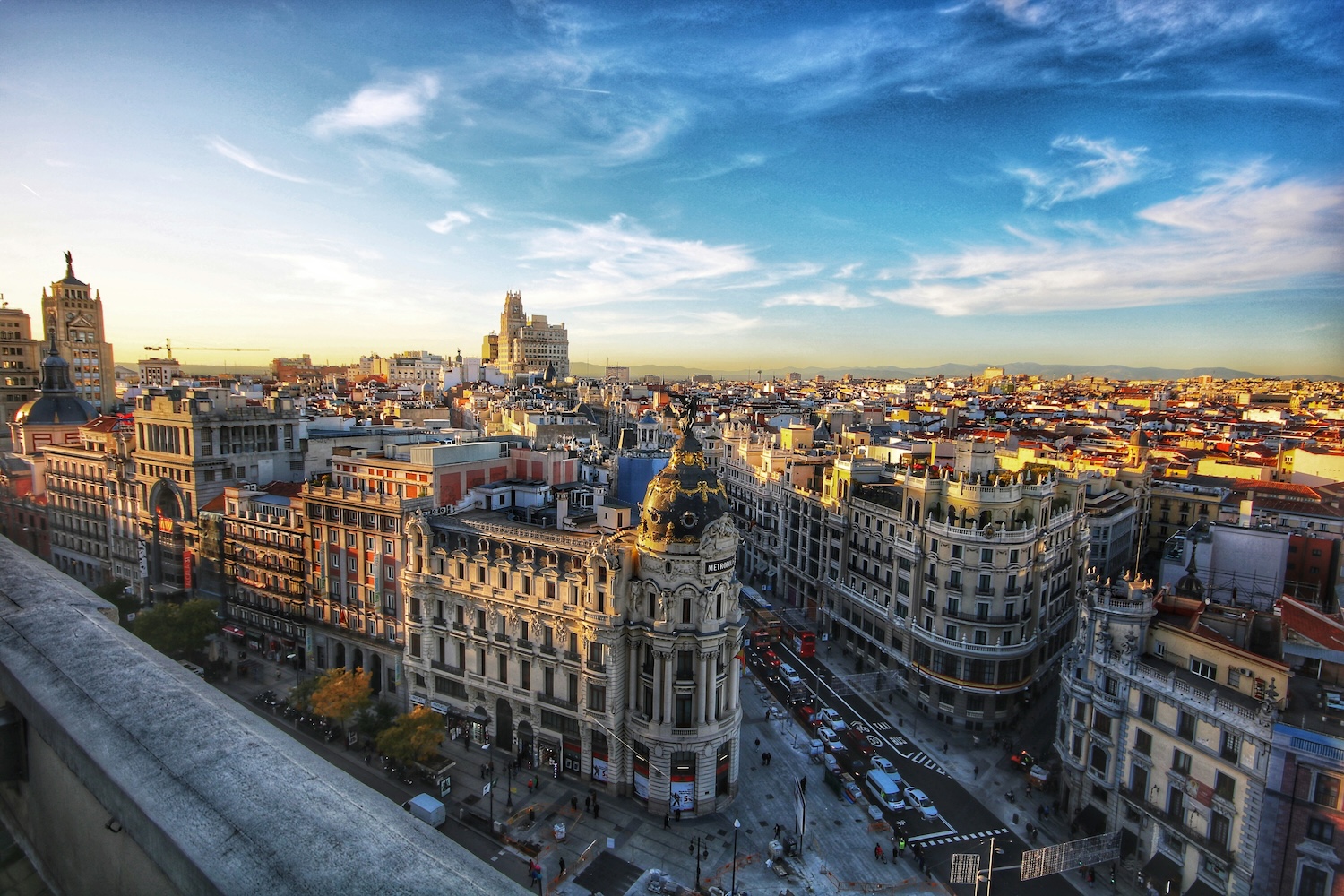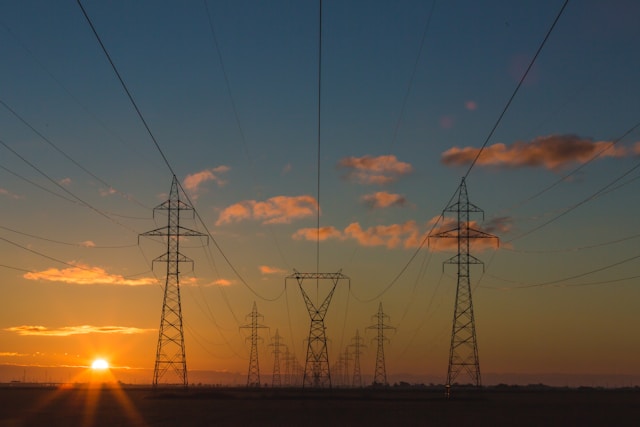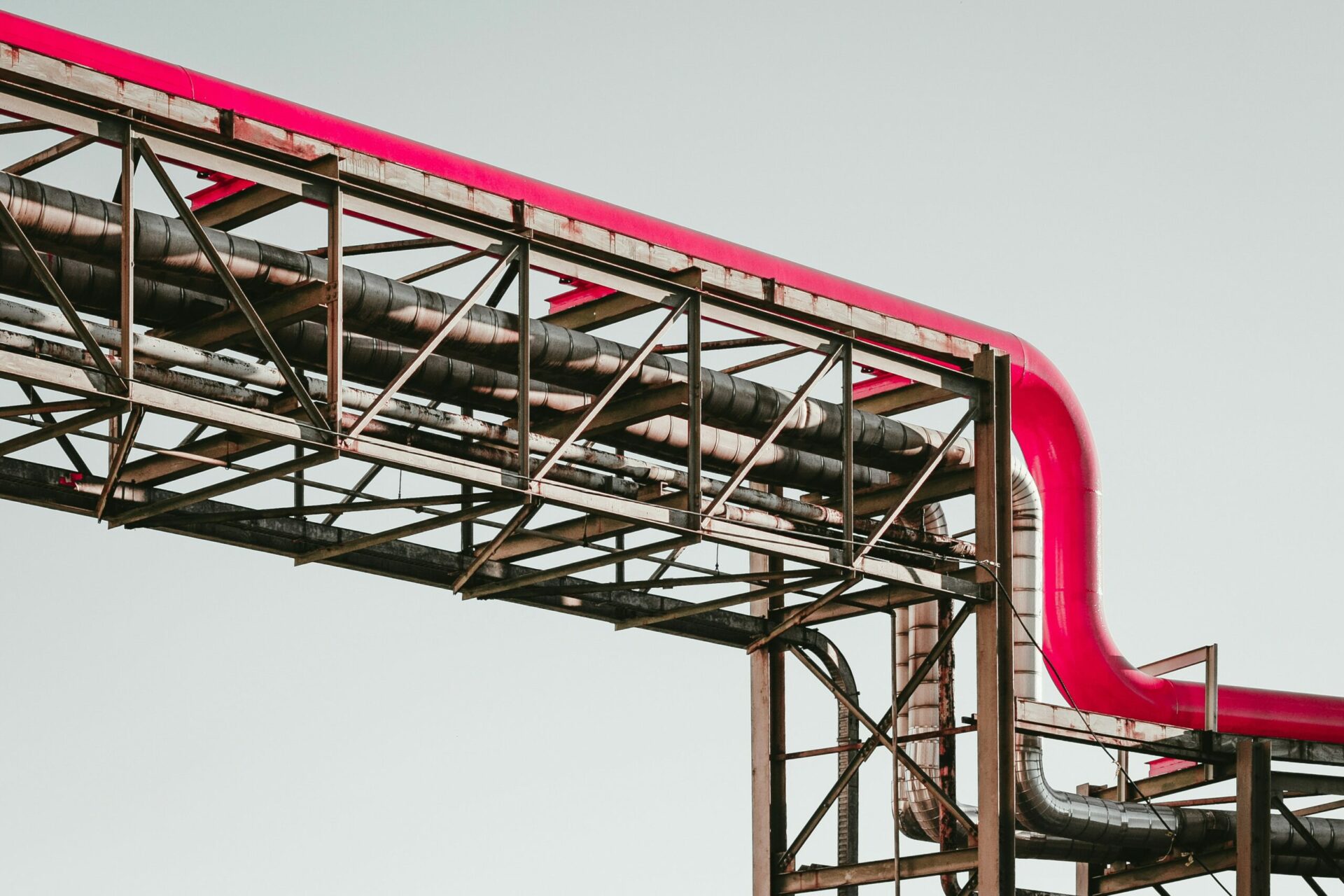
SMR Technology and District Heating

Executive Summary
Heating and cooling are the most common end uses of energy, with 62.8% of the EU’s final energy consumption in the residential sector dedicated to space heating. This figure rises to approximately 78% when including water heating. Therefore, it is imperative to explore cleaner and more efficient heating solutions, particularly considering EU decarbonisation goals. District heating stands-out as a practical yet underutilised solution to boost energy efficiency. Finland serves as a prime example, with a 16,000 km network of quality urban district heating that reduces greenhouse gas emissions by 80% and delivers reliable heat to households. In contrast, France, despite its robust and reliable nuclear-powered electric grid, has a relatively small district heating network of only 7,046 km serving about 2.7 million households, for a population 14 times that of Finland. Small Modular Reactors (SMRs) could provide a reliable and clean source of heat for district heating, due to their safety and efficiency near urban centres.
SMR’s and District Heating
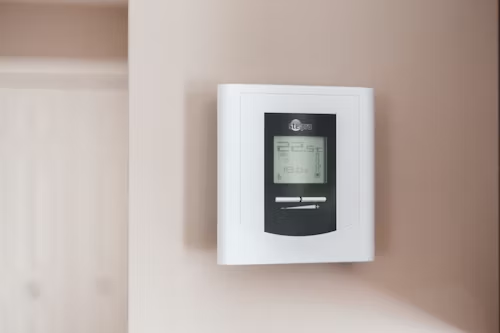
France’s longstanding expertise in nuclear technology saw early experiments with SMRs in the 1980s for thermal applications, such as the “Thermos” project in Grenoble. However, due to opposition from environmental groups, local protests, and falling oil prices, the project was discontinued. Today, the SMR vendor CALOGENA, specifically dedicated to urban and district heating, stands out in France and has been recognised with a grant of 5.2 million euros under the “France 2030” initiative. Despite this, French legislation has not evolved to facilitate district heating applications, with strict regulations on the proximity of nuclear installations to populated areas still in place.
Conversely, Finland is less historically tied to nuclear energy but has reaffirmed its commitment to being part of the nuclear renaissance. The construction of Olkiluoto 3 (OL3) EPR, the largest in Europe, exemplifies this political alignment. With severe winters averaging -5°C and a need for diversified heat sources amidst tensions with Russia, Finland is proactively supporting SMRs for district heating. The Finnish government is expected to relax legislation on the proximity of nuclear installations to communities, contrasting with the French approach. Steady Energy, a Finnish SMR startup, has developed the LDR-50 reactor for district heating. Operating at low temperatures and pressures, this reactor is designed to contain any potential leaks. Like CALOGENA, Steady Energy raised 2 million euros for its project, demonstrating significant backing for its innovative technology
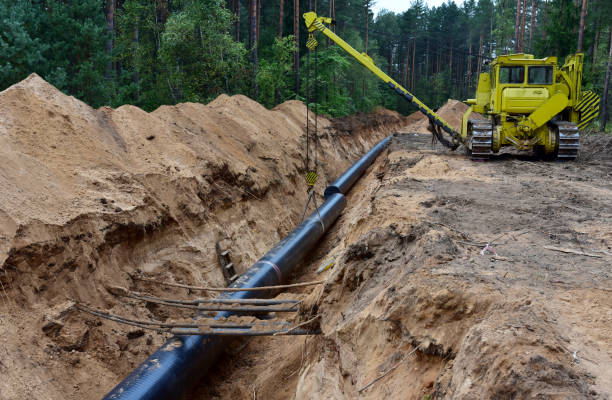
Infrastructure Insight
France’s 946 heating networks total 7,046 km, primarily located in Île-de-France, Auvergne-Rhône-Alpes, and Grand Est. The energy mix for these networks includes 60% from renewables and residual heat, about 35% from fossil fuels (mainly natural gas), with the remainder from various smaller sources. Despite having over 1,600 projects related to heat networks, France struggles to meet its objectives, largely due to financial constraints. In contrast, Finland’s advanced 16,000 km network is well-maintained, with “foam cables” ensuring longevity, regular upgrades through proactive management and control through thermal imaging. Approximately 2.8 million Finns benefit from district heating, covering half of the population.
Concluding Statements
The contrast between Finland and France in adopting modern heating solutions illustrates broader challenges and opportunities in the European Union’s approach to sustainable urban district heating. Finland’s successful implementation of district heating, supported by proactive government policies and the integration of nuclear technology, showcases a model that efficiently meets both environmental and energy demands. Meanwhile, France, despite its extensive nuclear expertise and significant advancements in SMR technology, faces legislative and financial barriers that hinder the full utilisation of its district heating potential. The EU could benefit from a more harmonised approach, where successful models like Finland’s are studied and potentially replicated, considering local contexts and needs. In addition, easing regulatory constraints, and increasing financial support for district heating networks could accelerate the transition to more sustainable and efficient heating systems across Europe, promoting a cleaner, more sustainable future in line with the EU’s decarbonisation goals.
Supporting SMRs and AMRs are part of the key capabilities of Damona, do not hesitate to check out what we do and contact us to discuss your potential challenges.



